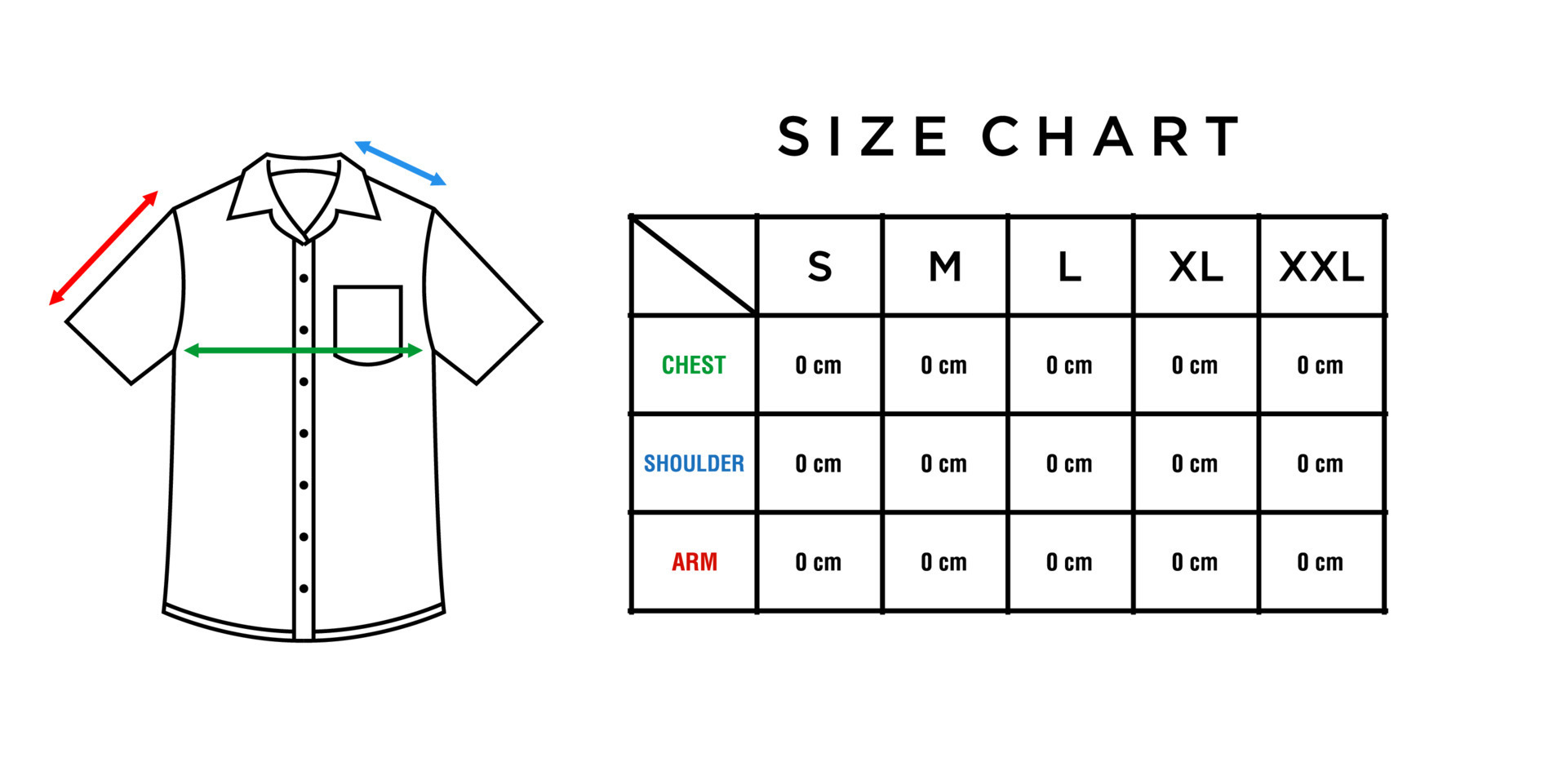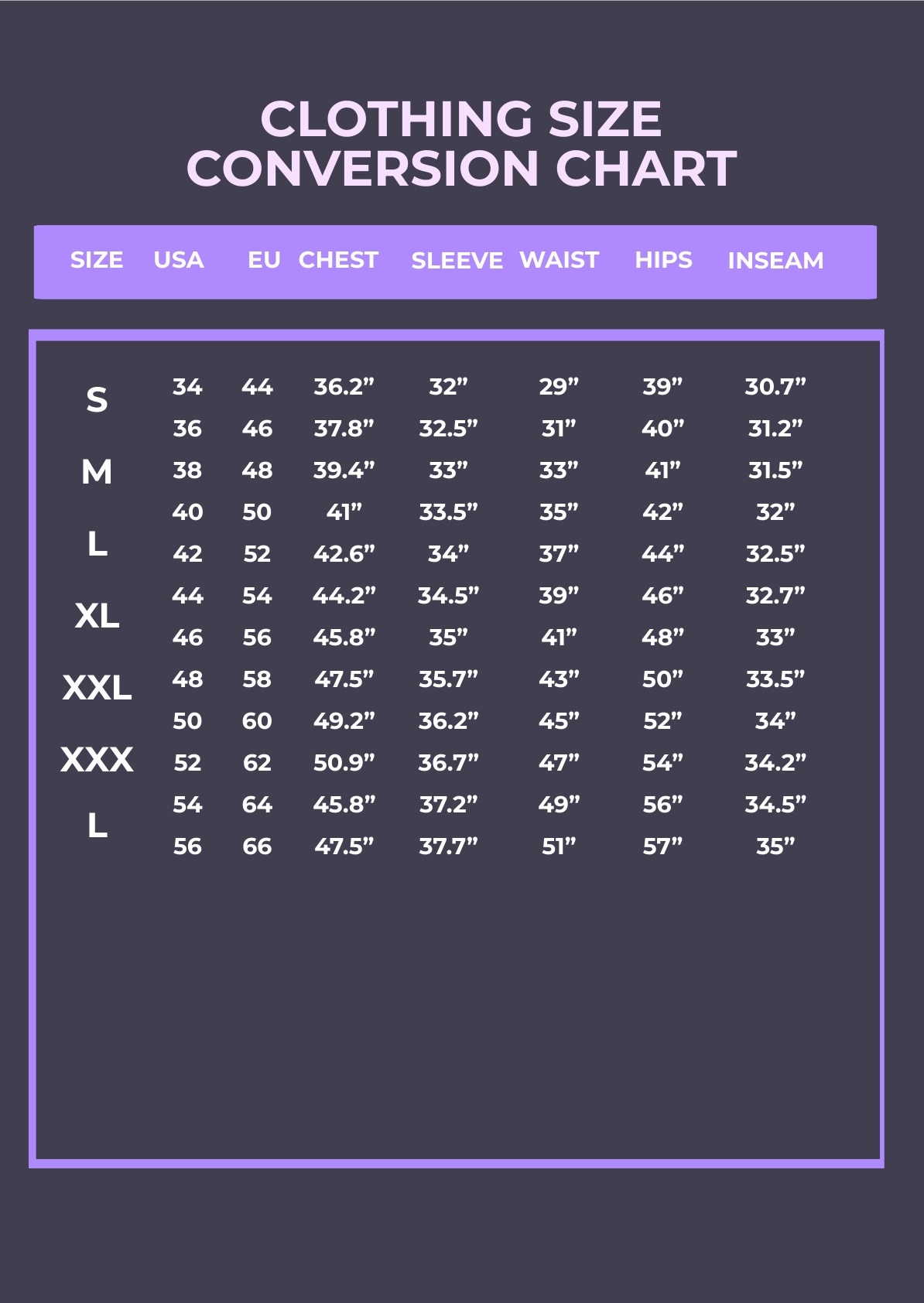Have you ever stopped to think about what "size 8 body" truly means? It's a phrase we hear often, a label that seems to carry so much weight, yet, is that really what it's about? For many, this specific clothing size feels like a goal, a benchmark, or perhaps even a source of worry, so it's almost a universal topic in some way. But when we dig a little deeper, we find that the idea of a "size 8 body" is far more interesting and varied than a simple tag on a pair of jeans. It's a concept wrapped up in personal well-being, how clothes fit, and the bigger picture of body acceptance.
It's funny, actually, how we talk about "size." We might ask, "What is the difference between size() and .length?" when we're talking about computer code, wondering if one is only for arraylists and the other just for arrays. This kind of question, about precise definitions for different types of measurements, really mirrors the confusion around body sizes. Is a "size 8" always the same, no matter where you shop, or is it more like those coding functions, shifting depending on the "use case" or the brand? It’s a bit like trying to pin down a moving target, you know?
So, this article is here to help us explore what a "size 8 body" actually represents, moving past the simple number to look at health, self-image, and the way clothing sizes work, or don't work, for real people. We will, in a way, break down the common ideas and perhaps give you a fresh perspective on what it means to be comfortable and confident in your own skin, whatever the label might say. It's about finding clarity in a world that often makes things a little murky, you know?
Table of Contents
- What is "Size 8" Really?
- The Ever-Changing Nature of Sizing
- Health and the Size 8 Body: A Broader View
- Dressing Your Size 8 Body: Style and Confidence
- Embracing Your Unique Shape: Beyond the Number
- Frequently Asked Questions (FAQs)
- Final Thoughts on Body Size
What is "Size 8" Really?
When someone mentions a "size 8 body," what comes to mind? For many, it pictures a specific silhouette, perhaps a certain level of slenderness. Yet, the truth is, a size 8 in one clothing brand can feel quite different from a size 8 in another, so it's not a universal measurement. It's a bit like asking about the "size" of an object in computer memory; some people might be looking for the number of elements in a list, while others are thinking about the actual space it takes up. Both are "size," but they mean very different things, you know?
In the United States, a women's size 8 generally corresponds to a bust measurement around 36 inches, a waist around 28 inches, and hips around 38 inches, but this is just a general guide. These numbers are often based on older sizing charts, and, quite frankly, modern clothing can be very inconsistent. It's almost as if there are some "functions" in the fashion world that *should* use a standard definition, but they just don't, leading to a lot of guesswork for shoppers. You might find yourself a size 6 in one store and a size 10 in another, even though your body hasn't changed a bit.
This variation makes it really hard to define a "size 8 body" purely by measurements. Instead, it's perhaps better to think of it as a point on a spectrum of body shapes and sizes, rather than a fixed, rigid standard. It's a label that often describes a body type that is neither very slender nor very curvy, but again, that perception can change wildly depending on who you ask or what fashion trends are currently popular, you see.
The Ever-Changing Nature of Sizing
The concept of clothing sizes, and what a "size 8" means, has actually changed quite a bit over time. What was considered a size 8 decades ago might be a completely different size today. This phenomenon, often called "vanity sizing," means that clothing manufacturers tend to make garments larger while keeping the same size label, so you might feel like you're a smaller size than you used to be, which is a bit of a trick, isn't it?
Think about it like this: if you wanted to know what the "em" unit is in web design, and how much "1em" converts to pixels, you'd find that it's a relative unit, changing depending on the base font size. Clothing sizes are kind of similar; they are relative, not absolute. A brand might decide to adjust their "base" measurements, making their size 8 bigger than another brand's, just to make customers feel good, or to fit a wider range of people. This, in a way, means that the number itself becomes less important than how the garment actually fits your unique shape.
Because of this, trying to chase a specific size number, like "size 8," can be a bit frustrating. It's not a fixed destination, you know? It's more like a moving target. What really matters is finding clothes that feel good and look good on you, regardless of the tag inside. After all, the goal is comfort and confidence, not adhering to an arbitrary number that might not even mean the same thing next season, or in another country, so it's something to consider.
Health and the Size 8 Body: A Broader View
It's easy to link a clothing size, like "size 8," with health, but that's actually a very simplified and often misleading connection. A "size 8 body" can be incredibly healthy, or it might not be, just like any other body size. Health is a much more complex picture, including things like your energy levels, how well your body functions, your mental well-being, and your eating habits, you know? It's not just about a number on a scale or a clothing label.
For instance, some people might be a size 8 but have very little muscle and a higher body fat percentage, while others at the same size could be quite muscular and fit. It's a bit like how in MATLAB, the "size" function gives you the dimension of a matrix, but depending on how you use it, it can tell you different things about that matrix. Similarly, a single "size" number for a body doesn't tell you the whole story about its composition or overall health, you see.
Focusing too much on achieving or maintaining a specific clothing size for health reasons can be unhealthy in itself. It can lead to restrictive eating patterns, excessive exercise, and a negative relationship with your body. Instead, the focus should really be on sustainable habits that promote overall well-being: eating nourishing foods, moving your body in ways you enjoy, getting enough rest, and managing stress. These are the things that truly contribute to a healthy body, whatever its size, so it's important to remember that.
Dressing Your Size 8 Body: Style and Confidence
When it comes to dressing a "size 8 body," the best advice is always to focus on what makes you feel good and confident, not just on the number. Since sizing is so inconsistent, trying on clothes is really the key. Don't get hung up on the label; if it fits well and you like how you look, that's the right size for you, you know? It's like learning how to change font size in HTML; there are various methods and techniques, and the best one depends on the specific outcome you want, not just following one rigid rule.
Many brands offer different cuts and styles that flatter various body shapes within the "size 8" range. For example, some might have a straighter cut, while others are designed for more curves. Experiment with different silhouettes, fabrics, and proportions. A-line skirts, tailored trousers, wrap dresses, and well-fitting blazers can often look wonderful. The goal is to highlight your best features and create balanced looks, rather than trying to fit into a preconceived notion of what a "size 8" should wear, you see.
Remember, your personal style is about expressing who you are. It's not about conforming to a numerical standard. Invest in pieces that make you feel comfortable and empowered. After all, the clothes should fit you, not the other way around. This approach truly helps build confidence and a positive body image, which is far more valuable than any size label, you know?
Embracing Your Unique Shape: Beyond the Number
The journey to truly appreciating your body, whatever its size, is a powerful one. In a world that often tries to put us into neat little boxes, or assign us arbitrary "sizes," it's vital to remember that your worth is not tied to a number on a clothing tag. Whether you wear a size 8, a size 0, or a size 18, your body is unique and deserving of respect and care, so it's really something to think about.
We often search for clear definitions, like "where do I find the definition of size_t" in programming, hoping for a simple answer. But when it comes to bodies, the "definition" of a "perfect size" doesn't exist. Your body changes over time, too; it adapts, grows, and shifts. This is a natural part of life. Focusing on overall well-being, strength, and the incredible things your body can do will serve you much better than fixating on a single digit. It's about celebrating your individuality, you know?
Instead of chasing a size, consider nurturing your body with good food, joyful movement, and self-compassion. This approach helps you build a strong, healthy relationship with yourself. It's about feeling good from the inside out, and letting that feeling radiate, rather than letting external labels define your happiness or your value. This is, in a way, the most important "size" to cultivate: the size of your self-acceptance and inner peace, you see.
Frequently Asked Questions (FAQs)
Is size 8 considered small?
Whether a size 8 is considered "small" really depends on who you ask and where you are in the world. In some fashion contexts or older sizing charts, it might have been seen as a mid-range size. However, with modern "vanity sizing," where clothes tend to run larger, a size 8 is often perceived as being on the smaller side of average. Ultimately, "small" is a subjective term, and what matters is how the clothes fit your body, not the label itself, you know?



